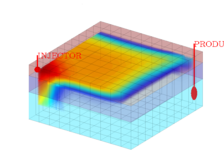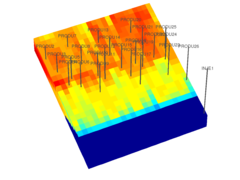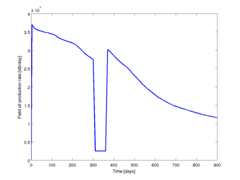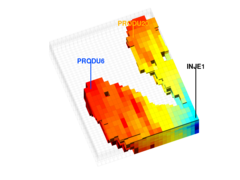You are here:
MRST
/
Modules
/
Deck Reader Module



 SPE 9: visualization
SPE 9: visualization SPE 9: flow diagnostics
SPE 9: flow diagnostics